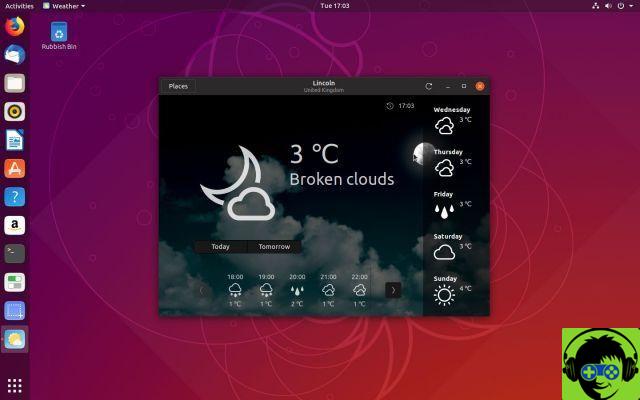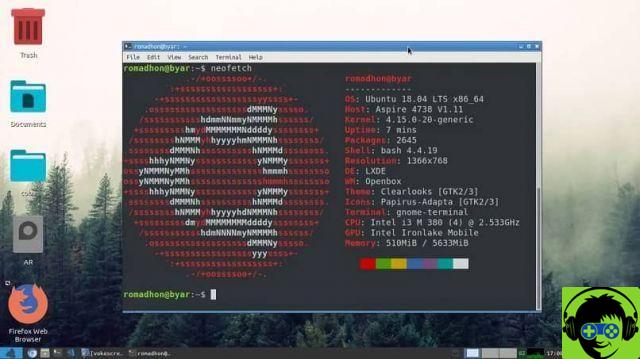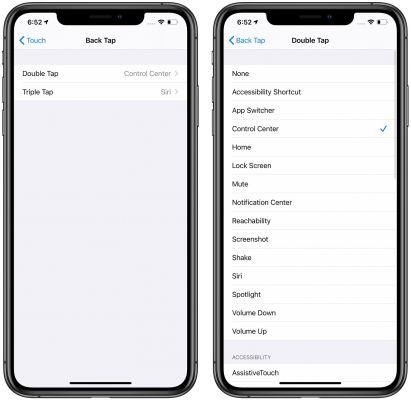Data security covers the concepts of tokenization, encryption, and key and password management practices that help protect information from programs and applications.
It is recommended to make an investment in cyber defense based on the capital deposited in the company in its digital assets and digital information. Because with this we will ensure that we protect customer information and capital.
More and more services and technological products are part of the company's digital assets and assets, and therefore must be taken into consideration in order to be adequately protected.
For example, connected devices connect and create network connections with our internal network and can be a source of vulnerabilities that hackers can exploit.
Today, ransomware attacks are on the rise, causing serious problems. It's a business for hackers, who break into the network and encrypt our data to demand a ransom via an untraceable cryptocurrency payment.
Many large companies and individuals have been victims of these practices and have had to pay a ransom or risk losing all their information.
What is encryption?
Data encryption is responsible for protecting files and data that are saved or exchanged. It is a protocol that end-to-end encrypts information traveling over the network, or in the case of encrypting files on a hard drive, the information is encrypted using an algorithm that makes it nearly impossible to unlock without the keys configured.
In the event that information is intercepted, the fact that it is encrypted makes it difficult and nearly impossible to access without the encryption key, as the data is unreadable. One of the operating systems that places the greatest emphasis on security and encryption is iOS. It is a good and more solid alternative against possible vulnerabilities.
Therefore, having an encryption strategy for sensitive information in our company is a fundamental practice to avoid data loss or leaks. Implementing data encryption should be done on an ongoing basis and not left to the last for protection to be more successful.
You can see how to encrypt your computer, mobile device or tablet here. So you can be protected from any data loss.

How to deal with a security breach
The systems (NIDS) or intrusion detection systems, continuously review the accesses to the different services of our network and verify that the origin is an authorized origin.
In addition, NIDS also collect information about the information of users who access services such as servers, applications or who log in. So that if any abnormal behavior is detected, it has as much information as possible about the connection in question.
In any business, you need to have a strategy in place when dealing with a security or data breach. It is about having predefined actions to act accordingly.
A good action plan should consider a password change and assigning user authorization roles to each of the applications. Just as it must have a backup system in order to be daily.
How to detect vulnerabilities
Computer professionals have the knowledge to assess vulnerabilities and be able to fix a solution.
Having good security analysis software will prevent unsecure or unauthorized connections of applications. This option, for example, provides excellent protection against viruses. For this reason, it is essential that all of the company's IT equipment have an up-to-date antivirus and firewall enabled. As well as active navigation and mail shields.
Intrusion Analysis
If you need to go a step further, you can hire a security company to conduct an intrusion analysis on the company's systems by performing so-called intrusion tests.
These tests consist of reports detailing problems to be corrected, such as outdated versions of operating systems, gaps in application security, or malicious code in certain programs on computers.
Additionally, patches can be included to address all of these detected issues.
These intrusion scans often run automated processes that shut down applications or servers, devices, or even networks, to see if any region of sensitive information can be accessed through these outages or breaches.

Avoid data loss
Data Loss Prevention (DLP) includes a set of DLP actions or software that monitors the network and ensures that end users cannot copy or share confidential or confidential information.
Because in many cases, data leaks can come from the employees themselves carrying out unauthorized activities.
To avoid this, you need to configure a set of roles with unique permissions to view, edit or manage. Assign these roles to members of the company.
HTTPS e SSL
Connections using https security protocols protect information sent and received via web browsers. And likewise, for channels that are more focused on programming and internal services, connections must implement encryption methods for TCP / IP.
Defense skills
The defense capabilities of a data management configuration on local computers rely primarily on antivirus, firewall, and intrusion detection software.
If, on the other hand, our company has all of its business digitized in the cloud, we will delegate much of the defense capability to the same service provider.
That's why defining the pros and cons of having systems under our control is to some extent convenient.


























